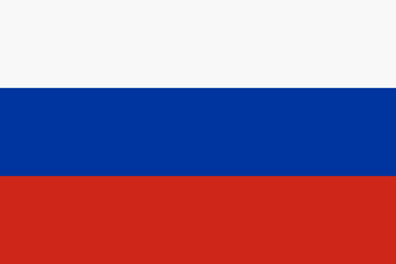Donate to Support Supercluster
Your support makes the Astronaut Database and Launch Tracker possible, and keeps all Supercluster content free.
SUPPORTSupercluster on Patreon
Your support makes the Astronaut Database and Launch Tracker possible, and keeps all Supercluster content free.
SUPPORT





























This goes
to space
Soyuz (spacecraft)
The Soyuz spacecraft is a crew capsule launched on the Russian-built Soyuz rocket. It is one of the most reliable human spacecraft in the world and has a longer service record than any other human space system.
Constructed by the Soviet Union for their lunar program, the Soyuz capsule flew an uncrewed test flight in November 1966 and carried people for the first time on April 23rd, 1967.
While the Russians never made it to the Moon, the Soyuz spacecraft became a workhorse for human low Earth orbit exploration on the Salyut and Mir space stations and now on the International Space Station.
With the retirement of the Space Shuttles in July 2011, the Soyuz spacecraft became the only ship capable of ferrying astronauts to and from the ISS - a distinction it held for nine years until SpaceX launched the crewed Demo-2 mission of Dragon to the Station in May 2020.
The Soyuz capsule can carry up to three people and consists of three main components:
- The Orbital Module: containing experiments, cameras, crew supplies, and all of the docking equipment.
- The Descent Module: containing the crew during launch and landing.
- The Service Module: containing solar panels, power, long-range radio, telemetry, and an engine for orbital maneuvering and deorbit at the end of the flight.
The Descent Module is the only part of the spacecraft that lands back on Earth.
Image: NASA
On this
rocket
Soyuz 2.1a (Crew)
The Soyuz 2.1a is a multi-use rocket, capable of launching civilian and military satellites to orbit as well as cargo (Progress) and crew (Soyuz MS spacecraft) vehicles to the International Space Station.
The rocket itself can launch from all three Roscosmos launch sites: the Baikonur Cosmodrome in Kazakhstan, the Plesetsk Cosmodrome in western Russia, and the Vostochny Cosmodrome in eastern Russia.
For crew and cargo launches to the Station, it can only launch from Site No. 31/6 at the Baikonur Cosmodrome.
A variant of the rocket, Soyuz ST-A, sporting European upgrades, flies commercial satellite and military missions from Arianespace's South American launch site near Kourou, French Guiana.
The Soyuz 2.1a rocket's first crewed launch happened on April 7th, 2020 when it took two Russian cosmonauts and one American astronaut to the Station.
Image: CPC / Roscosmos
From this
launch site
Site No. 31/6 - Baikonur Cosmodrome, Kazakhstan
Site 31/6 has been an active launch pad since January 14th, 1961. It has been used to launch R-7A, Vostok, Voskhod, Polyot, Molniya, and previous versions of Soyuz rockets.
It is currently used exclusively to launch the Soyuz 2 rockets.
A workhorse pad for satellite and robotic missions, it took up crew launch duties for Russian missions to the Station beginning in April 2020.
Baikonur Cosmodrome
Located in southern Kazakhstan, Baikonur was the world's first spaceport and the launch site for humanity's first orbital satellite, Sputnik, and Yuri Gagarin's first human spaceflight on April 12th, 1961.
Originally built as the Soviet Union's launch base, the collapse of the Union led to the Kazakh government leasing Baikonur to Russia until 2050.
The spaceport is operated both by Roscosmos, the federal space agency of the Russian Federation, and the Russian Aerospace Forces, a branch of the Russian Armed Forces.
Image courtesy of GK Launch Services / Roscosmos
To this
module
ISS - Rassvet Module
The Rassvet Module was launched on the STS-132 mission of Shuttle Atlantis and attached to the Earth-facing, or nadir, docking port of the Russian Zarya module by Canadarm2 on May 18th, 2010.
Also known as Mini-Research Module 1, Rassvet translates to "first light."
It was first used as a docking port in June 2010.
Image: A Soyuz spacecraft docked to Rassvet. Credit: NASA
Here's where to view Soyuz MS-24
Viewing Sites
GET THE SUPERCLUSTER APP
THE SUPERCLUSTER PODCAST
A podcast exploring the amazing milestones that changed space history, the wildest ideas that drive our future, and every development in this new Golden Age of Space.
Donate to support
Your support makes the Astronaut Database and Launch Tracker possible, and keeps all Supercluster content free.
SupportCOPYRIGHT 2021 SUPERCLUSTER LLC



